Understanding what is the purpose of seasoning a cast iron pan is essential for any kitchen professional who uses these versatile cooking tools. Seasoning a cast iron pan is not just a mere step in the cooking process; it is integral to maintaining the pan's performance, longevity, and even flavor profile of the dishes prepared in it.
The process of seasoning involves coating the cast iron with a layer of oil and heating it to create a natural non-stick surface. This method not only prevents rust but also facilitates the development of a well-seasoned patina that enhances the flavor of foods.
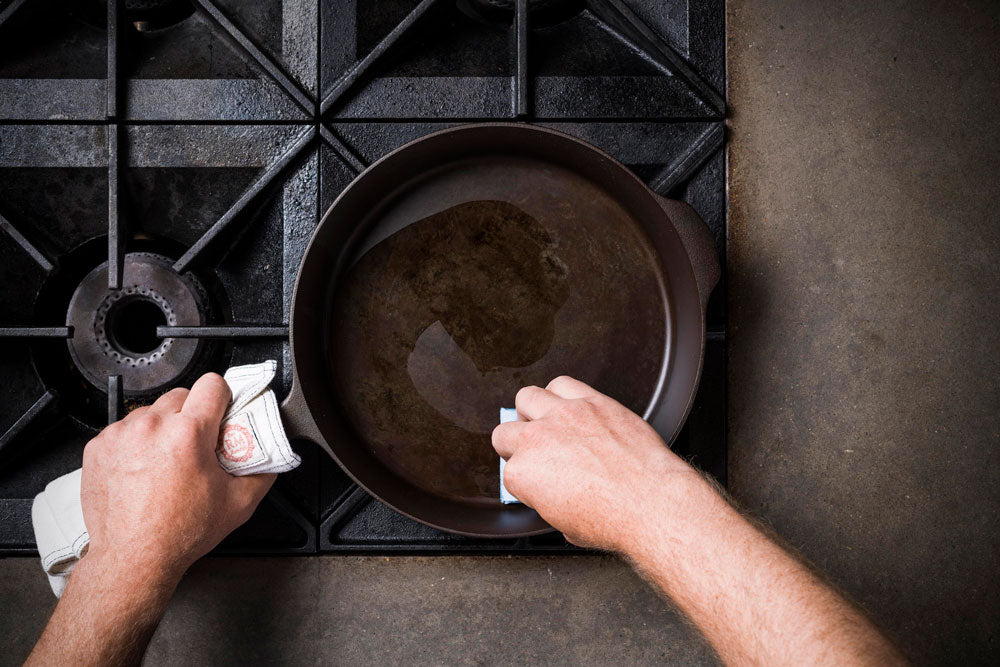
Why is Seasoning Important?
When you season a cast iron pan, you create a protective layer that serves several purposes. First, it helps in preventing food from sticking, thus enabling easier cooking and cleaning. Second, it protects your pan from moisture, which can lead to rust.
Third, a well-seasoned pan can impart a unique flavor to foods, enhancing the overall culinary experience. Understanding how seasoning works can significantly impact your cooking results.
The Science Behind Seasoning
The fundamental scientific principle behind seasoning involves polymerization, where the oil undergoes chemical reactions at high temperatures. This transforms the liquid oil into a hard, non-sticky layer that binds to the cast iron's porous surface. It's a fascinating and effective way of creating a natural non-stick material, improving both the cooking quality and durability of the pan.
How to Properly Season Your Cast Iron Pan
Seasoning a cast iron pan properly is key to ensuring it performs well for years. Here is a step-by-step guide to help you:
- Clean the Pan: Start with a clean surface. If your pan has old seasoning or rust, consider using steel wool to scrub it down.
- Dry Thoroughly: Moisture is the enemy of seasoning. Make sure the pan is completely dry.
- Apply Oil: Coat the inside of the pan with a thin layer of high smoke point oil like flaxseed or vegetable oil.
- Heat the Pan: Place it upside down in an oven preheated to around 450F for about an hour.
- Cool Down: Turn off the oven and let the pan cool inside before removing.
Links for Further Reading
For those looking to dive deeper into specific aspects of cast iron seasoning, consider reviewing these internal articles:
- Waiting Time for Seasoning
- Cloth for Seasoning
- Blackstone Griddle Seasoning
- Testing Seasoning
- Removing Seasoning
For an excellent foundational resource, check out the detailed guide from Lodge Cast Iron on what seasoning entails and why it's necessary.
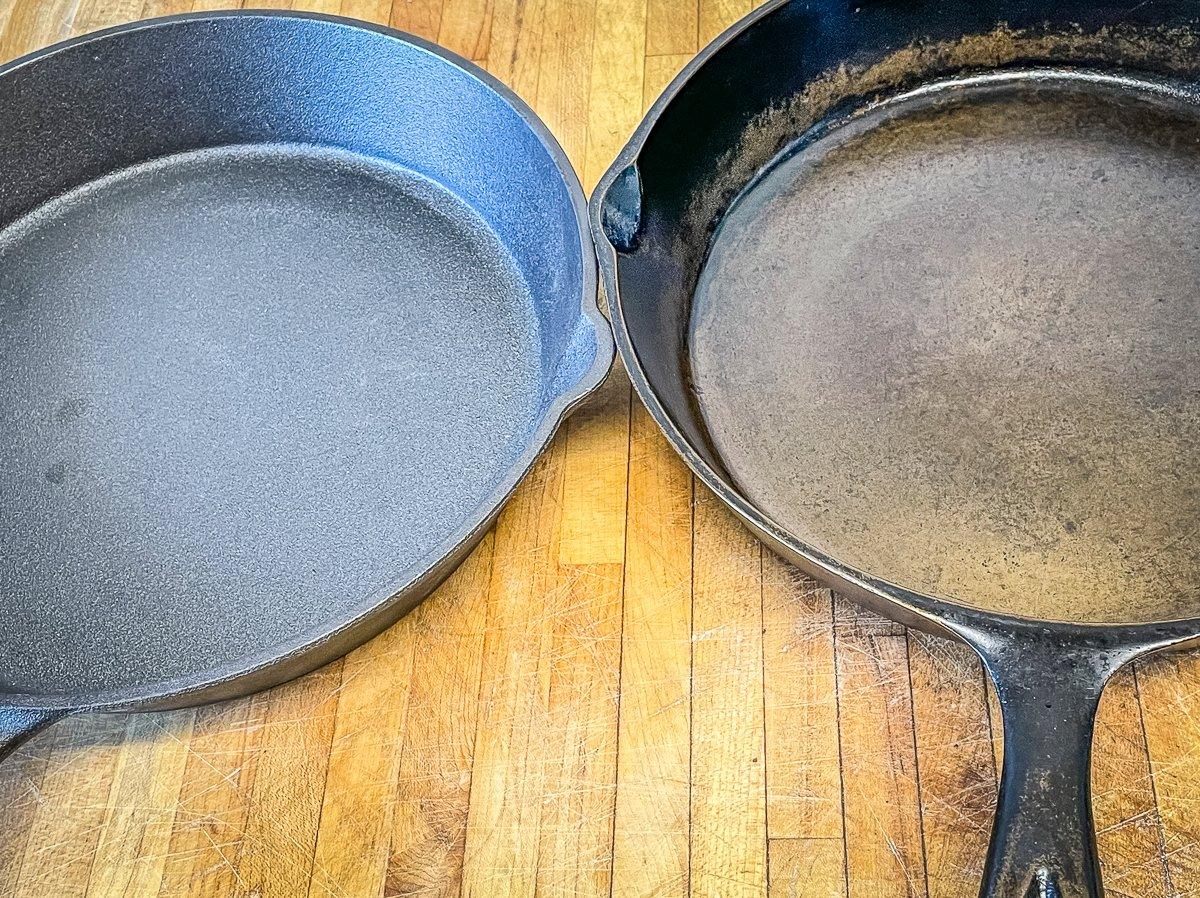
Common Mistakes in Seasoning
Kitchen professionals must also be aware of common mistakes when seasoning cast iron. Some of the frequent missteps include:
- Using too much oil: A heavy layer of oil will create a sticky finish rather than a slick surface.
- Not heating the pan adequately: Insufficient heat can lead to uneven seasoning.
- Skipping oil application: A dry cast iron pan is prone to rust and will not perform optimally.
FAQs
1. How often should I season my cast iron pan?
It's generally recommended to season your pan every few months, but this can vary based on how often you use it.
2. Can I use soap on a seasoned cast iron pan?
While it is often advised to avoid soap, a small amount can be okay in certain cleaning instances. However, ensure thorough re-seasoning afterward.
3. What oils are best for seasoning?
High smoke point oils such as flaxseed, grapeseed, or vegetable oil are ideal for the seasoning process.
As an Amazon Associate, I earn from qualifying purchases.

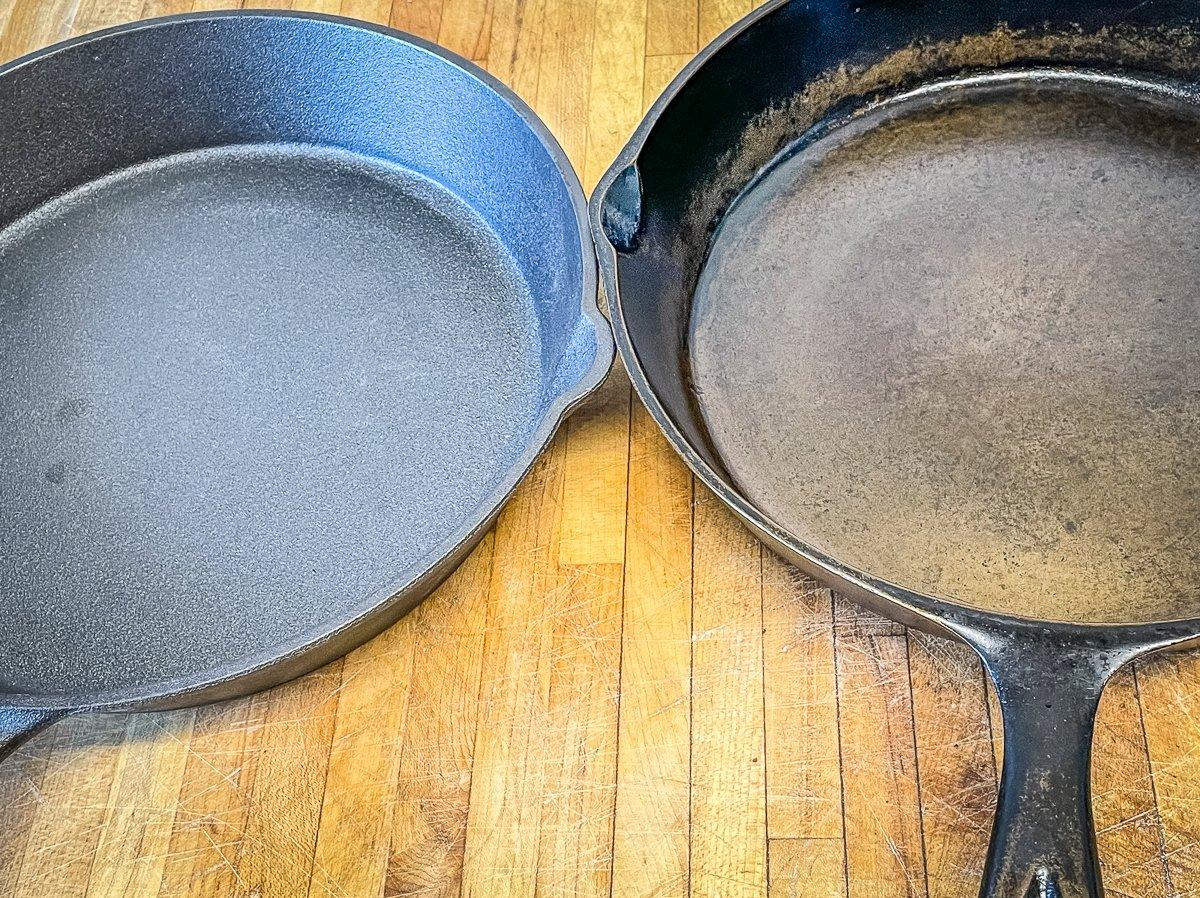


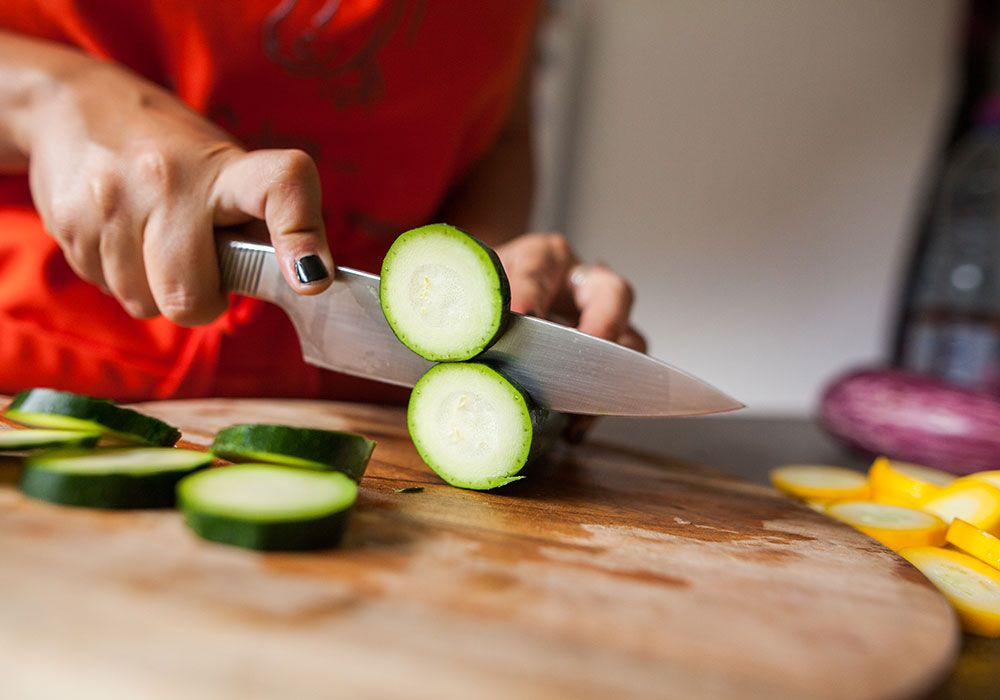
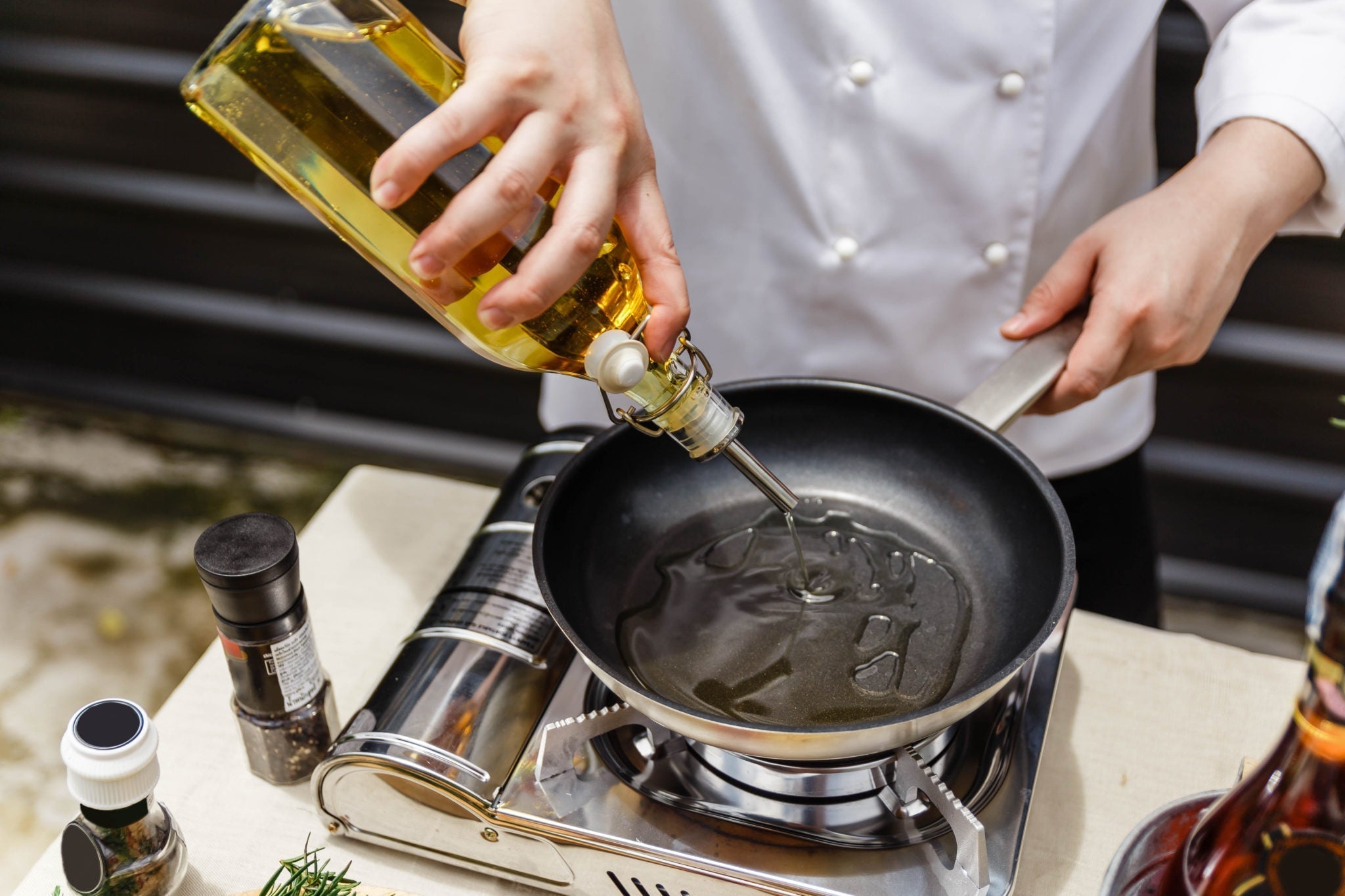
Leave a comment
This site is protected by hCaptcha and the hCaptcha Privacy Policy and Terms of Service apply.